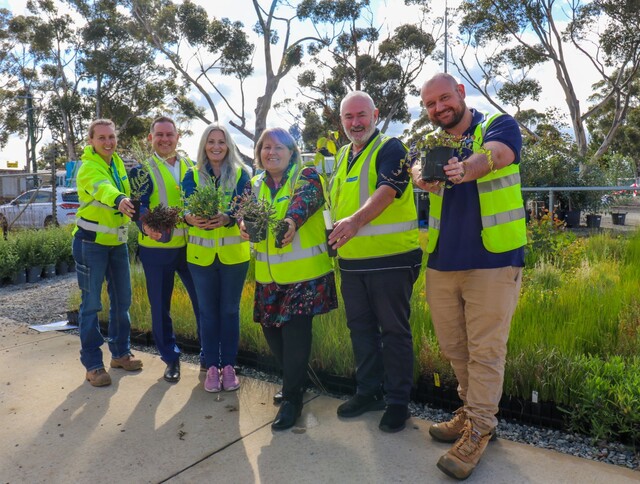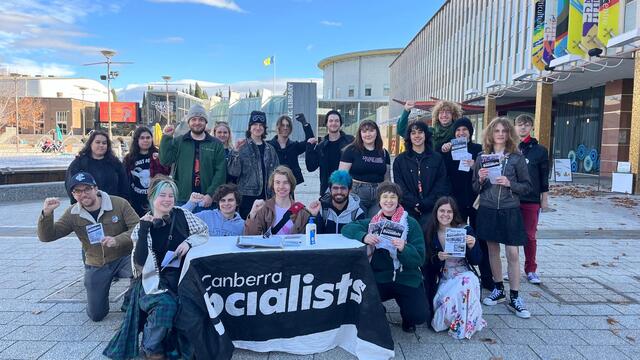The Good Oil by Rod Brown *
At a time when many rural regions are grappling with how to deal with agglomeration effects drawing investment and jobs to the cities, it is refreshing to see that Japan is implementing strategies to ameliorate the problem. Treasury dominated bureaucracies elsewhere see such initiatives as picking winners or distorting the market. One of our readers has alerted us to the Japanese approach, as follows.
In 2002, the Cabinet of Prime Minister Koizumi put forward the idea of special zones for structural reform, areas where certain regulations would be eased or lifted. The plan is a centerpiece of the government’s structural reform efforts.
The goal is to stimulate local economies, not by mechanisms created by the central government, but by soliciting ideas that take advantage of the unique characteristics of particular areas.
The Japanese Government was hoping for a small number of projects that would result in significant economic benefits and would be easy to replicate nationwide. But the interest of Local Governments was much greater than expected, and there were 129 applications. The government approved roughly 90 per cent of the applications, leading to the creation of 117 special zones for structural reform during 2003.
Example 1 City of Kitakyushu
Involves an ‘international distribution special zone’ featuring 24 hour customs and quarantine services and a relaxation of the rules governing the supply of electricity. The cost of electric power has been reduced to promote the entry of new firms. After hours customs procedures are in place at the Tachinoura Container Terminal, and the central government is being asked to extend this to the Kokura Container Terminal.
Example 2 Fukuoka Prefecture
One of a number of special zones seeking to expand the flow of goods internationally. It is close geographically, historically and economically to the rest of Asia, and thus aims to make use of this relationship and develop an Asian business hub. Entry requirements for foreign researchers and engineers have been relaxed. The goal is to gather together companies doing business both domestically and abroad, to nurture venture start ups, and to promote the economic revitalisation of Kyushu and western Japan.
Australia’s top 10 ‘physical’ clusters
Numerous Councils now have clusters written into their development strategies. But getting them started is another thing. We often explain that the first thing to appreciate is the distinction between:
- ‘physical’ clusters, that is agglomerations of companies and support agencies that are dynamic hot spots of economic activity
- ‘collaborative program’ clusters, where programs are implemented to drive collaborative outcomes.
The two groups are not the same! Many of the physical clusters have developed without formalised structures, and most of the players were never involved in formalised meetings.
Outlined below are our top 10 physical clusters in Australia – it is necessarily subjective, and we welcome correspondence if you agree or not! The common characteristics are lengthy gestation periods, champions, and triggers that generate further investment and economic spillovers. Interestingly, many of the triggers came from the public sector.
- Cairns Airport/City Port (Qld) – infrastructure and local leaders have spurred tourism development and seafood and horticulture exports. The City Port project has transformed the foreshore and CBD. The trigger was Townsville winning State/Federal government blessing in the 1980s as the regional aviation gateway. Bob Manning, then CEO of Cairns Airport, led the charge. The airline pilots strike and recession in early 1990s were further triggers.
- Jervoise Bay Rockingham (WA) – precinct designed to capture commercial opportunities associated with nearby defence and marine facilities, local engineering and shipbuilding companies, concrete platforms for the North West Shelf etc. The trigger was competition from Singapore, which led to visionary plans by WA Government, which then negotiated and matched an $80 million Federal grant.
- Melbourne Docklands and Southbank (Vic) – transformed this area from an embarrassment to a highlight. It gels with the MCG, the tennis stadium and the parkland areas. The trigger was the commitment of a Victorian Planning Minister and his officials in early 1990s.
- Port Lincoln (SA) – a great example of industry putting its money where its mouth is. A network of professional fishermen saw the need to invest in R&D and training, and well argued submissions backed by business plans attracted Federal and State assistance for a multi faceted marine centre.
- Scone Equine (NSW) – local and overseas breeders are clustered here. The trigger was a Councillor who mapped out infrastructure requirements and an ingenious funding mechanism for a research centre. A world class training track, a TAFE and a convention centre reinforce each other.
- Canberra Airport (ACT) – the trigger was the sale by the Federal Government to the Snow family in 1998. This has led to a further $200+ million investment in the terminal, hangars, apron, roads, car parks, and business park. Consultancy businesses, freight forwarders, defence contractors and so forth now operate on site.
- Shepparton (Vic) – a very strong food processing cluster involving around ten significant multinationals. The trigger has been water infrastructure installed in stages since the 1960s. A major road freight hub has also developed there due to backloading opportunities.
- Barossa Wine Region (SA) – this cluster has been analysed on countless occasions. Local winemakers (Gramp, Buring, Blass et al), favourable soil and climate plus Roseworthy Agriculture College.
- Gold Coast (Qld) – Australia’s largest scale tourism cluster. A big champion was Alderman Bruce Small in the 1950s and 60s – his bikini-wearing ‘meter maids’ (who put money in expired parking meters’) caught the attention of staid southern city dwellers. Climate, beaches, and proximity to Brisbane.
- Honeysuckle urban renewal project (Newcastle, NSW) – intelligent town planning and cocktail funding across three levels of government and the private sector. The trigger was exit of BHP Steel and job losses, which led to ‘Better Cities’ funding and a Federal/State/BHP restructuring fund.
Special mentions go to Torquay Surfwear (Vic), Darwin Defence/Marine (NT), Salamanca Place (Tas), Bega Dairy (NSW), Yarragon Antiques (Vic), Brisbane Airport (Qld), Coomera River Pleasure Craft (Qld), Virginia Horticulture (SA) and Perth Mining Technology Services (WA). Next month we explain their characteristics.
Next month we will highlight the top 10 ‘collaborative program’ clusters.
* Rod Brown’s Canberra based consultancy group, Australian Project Developments Pty Ltd, specialises in industry/regional development and government liaison. For further information telephone (02) 6231 7261 or email apd@orac.net.au







